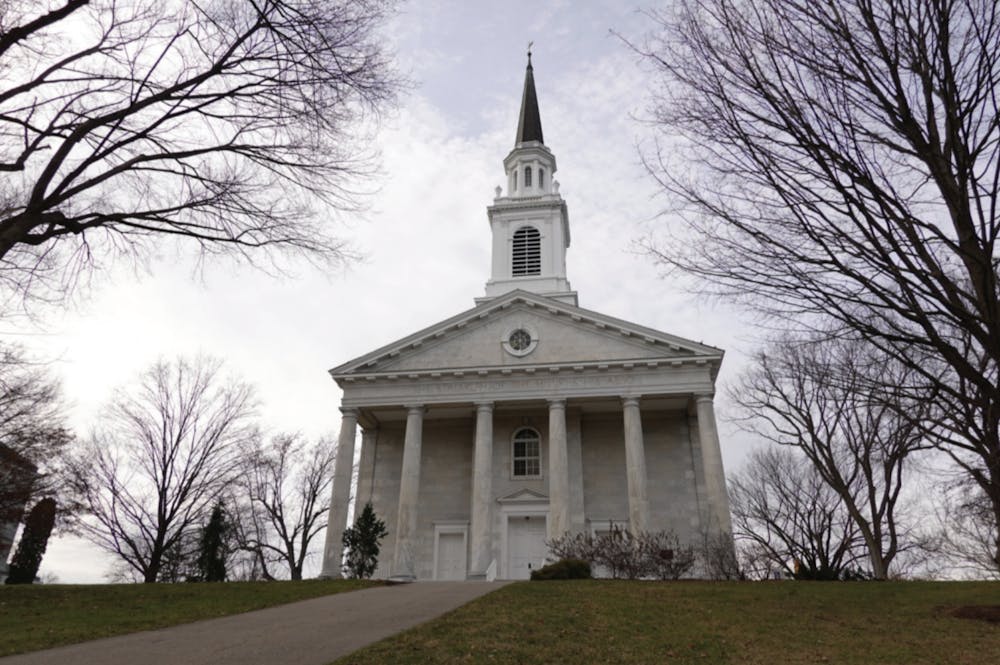As reported earlier this year in The Campus, the lawsuit contesting the removal of the Mead name from our chapel has now moved to the discovery phase, during which each party must provide to the other whatever evidence and testimony it has and intends to present in a trial. Given Middlebury College’s professed commitment to open dialogue, it is ironic that a legal proceeding is needed to bring full disclosure to the process that led to removing the Mead name.
The chapel is arguably the most iconic building on campus, and one would think that a proposal to change its name would have been a subject of wide-ranging debate in the public square including among students and alumni. Regrettably, that was not the case. The process was conducted behind closed doors.
What little we know about the process is outlined in a September 27, 2021 “Message to the Middlebury Community” from President Laurie Patton and then-Board Chair George Lee, which states only that a “working group” was commissioned to examine Mead’s role in promoting eugenics in Vermont. Was anyone on the working group asked to defend the long-deceased governor? The memo further states only that the Prudential Committee, a subset of the Board of Trustees, approved the working group’s verdict. That was not a fair trial, and there was no transparency. It should not have been that way.
Eugenics is now a discredited theory, but in Mead’s time it was considered a progressive way to address public concerns about the mentally ill. The science of that time posited that mental illness was transmitted through “the mechanism of inheritance,” and the thinking was that sterilization would prevent mental illness from being passed onto future generations. Eugenics theories were widely accepted, and eugenics was once a required course of study at Middlebury College. With academic, scientific and public support for the practice, Governor Mead, himself a medical doctor, saw eugenics as a way to prevent and alleviate suffering. He also supported creation of hospitals for the mentally ill, not as punishment, but to promote humane treatment. Although the enlightened thinking of that time has not been borne out, our society is still grappling with the best way to help the mentally ill.
As for Mead himself, he was a Civil War veteran on the Union side, a Middlebury College graduate and later Middlebury Trustee and benefactor. He was a medical doctor, state legislator and philanthropist; in short, he was an honorable, civic minded man. In his farewell address as Vermont Governor, Mead spoke in support of eugenics. That his alma mater, Middlebury College, had taught eugenics for 50 years must have confirmed to him its scientific legitimacy.
The legislation that led to sterilizations in Vermont was enacted in 1931, 11 years after Mead’s death. He had nothing to do with it, yet based on his one speech, the working group branded him an instigator and recommended to Patton that the Mead name be removed from our chapel; she in turn proposed that to the Prudential Committee, and they went along with it.
The reputation of a generous, upstanding man has been unjustly besmirched. The Mead name has been banished from our campus following a closed-door process from which the “Middlebury community” was excluded and in which Mead was afforded no defender. Now the issue has devolved into a legal case that is headed to court with attendant unfavorable publicity for our college. But it need not end this way. With humility and forgiveness, wrongs can be righted. Patton and the Board should revisit their decision, apologize for their mistake and restore the Mead name to our chapel.




